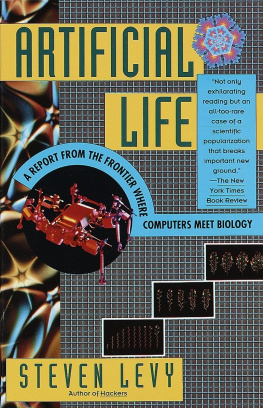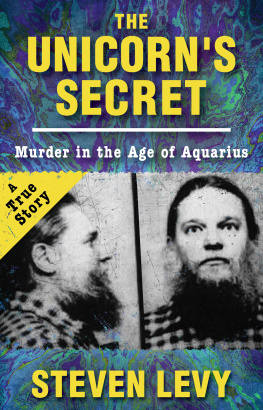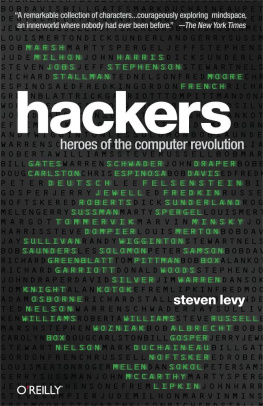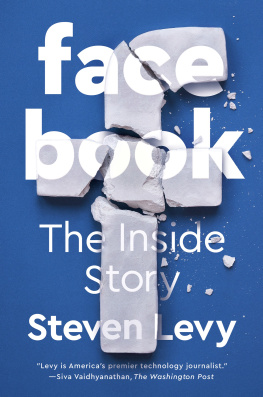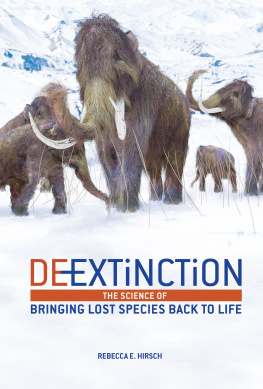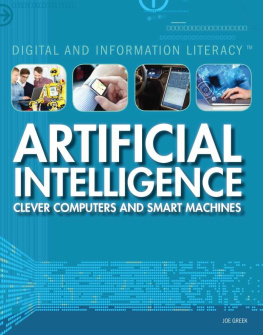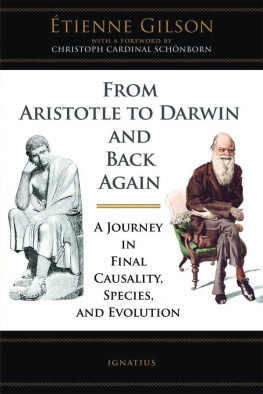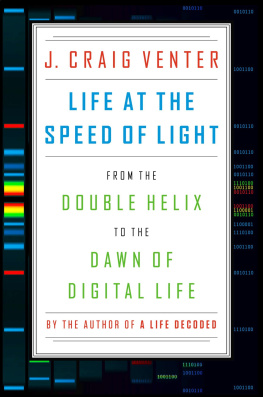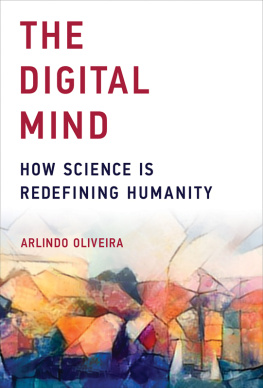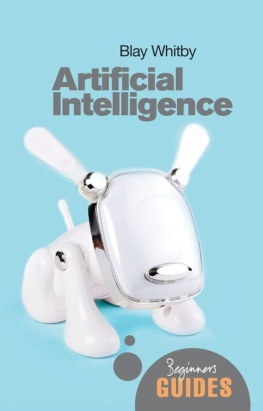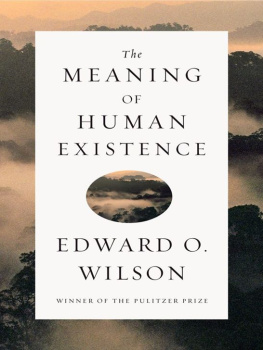Prologue: In Silico
If were like patterns of human lives and death, if everything about an individual could be represented in a computer record by a long string of ones and zeros, then what kind of creature would be represented by a long string of lives and deaths?
Thomas Pynchon
The creatures cruise silently, skimming the surface of their world with the elegance of ice skaters. They move at varying speeds, some with the variegated cadence of vacillation, others with what surely must be firm purpose. Their bodiesflecks of colors that resemble paper airplanes or pointed confettibetray their needs. Green ones are hungry. Blue ones seek mates. Red ones want to fight.
They see. A so-called neural network bestows on them vision, and they can perceive the colors of their neighbors and something of the world around them. They know something about their own internal states and can sense fatigue. They learn. Experience teaches them what might make them feel better or what might relieve a pressing need.
They reproduce. Two of them will mate, their genes will merge, and the combination determines the characteristics of the offspring. Over a period of generations, the mechanics of natural selection assert themselves, and fitter creatures roam the landscape.
They die, and sometimes before their bodies decay, others of their ilk devour the corpses. In certain areas, at certain times, cannibal cults arise in which this behavior is the norm. The carcasses are nourishing, but not as much as the food that can be serendipitously discovered on the terrain.
The name of this ecosystem is , and it is located in the chips and disk drives of a Silicon Graphics Iris Workstation. The sole creator of this realm is a researcher named Larry Yaeger, who works for Apple Computer. It is a world inside a computer, whose inhabitants are, in effect, made of mathematics. The creatures have digital DNA. Some of these creatures are more fit than others, and those are the ones who eventually reproduce, forging a path that eventually leads to several sorts of organisms who successfully exploit the peccadilloes of PolyWorld.
The species have their own unique behaviors and group dynamics, notes Yaeger. One group seems on the edge of psychosisthe frenetics, who, zipping compulsively through the landscape, constantly desire food and sex and expend energy on little else. Then there is the cannibal cult, members of which seek their own to mate with, fight with, and eat. They form grotesque clumps from which they need not move in order to fulfill any of those needs. A third species is the edge runner. Owing to a peculiarity in the landscapeunlike our own spherical planet, PolyWorld can be programmed to have a distinct end of the worldthere is a benefit in lurking on the brim of oblivion. Once a respectable number of fellow creatures adopt this behavior, there will always be an ample supply of conjugal partners, as well as old carcasses now turned to food.
Yaeger is cautious about sweeping statements; he prefers to describe what he has done and what might immediately follow from it. So far what PolyWorld has shown is that successful organisms in a biologically motivated and only somewhat complex environment have evolved adaptive strategies for living in this environment, he says. When it comes to describing the creatures themselves, Yaeger is less tentative.
I see them, he says, as artificial life.
In September 1987, more than one hundred scientists and technicians gathered in Los Alamos, New Mexico, to establish the new science of artificial life. The event celebrated a technological and scientific watershed. A deepened understanding of biological mechanisms, along with the exponentially increasing power of digital computers, had brought humankind to the threshold of duplicating natures masterpiece, living systems. The pioneers were both thrilled at the prospect and humbled by previous speculations of what lay ahead. The legacy of Mary Shelley, who wrote of Frankenstein and his monster, as well as the dark accomplishments hatched on the very site of the conference, hovered over the proceedings like, as one participant put it, a bugaboo.
Nevertheless, the mood was exuberant. Many of the scientists drawn to Los Alamos had long dreamed of an aggregate effort to create a new form of life; their individual labors had looked toward that day. Now it had arrived. The significance of the moment was later framed by a physicist named James Doyne Farmer, who coauthored a paper about the implications of this new science. Its abstract alone was perhaps as striking a description of nascent technology at the lab as any since the development of the atomic bomb. Those who read it would have been well advised to take a deep breathand perhaps suspend disbelief until resuming aspirationbefore reading the following prediction:
Within fifty to a hundred years is likely to emerge. These organisms will be artificial in the sense that they will originally be designed by humans. However, they will reproduce, and will evolve into something other than their original form; they will be alive under any reasonable definition of the word. The advent of artificial life will be the most significant historical event since the emergence of human beings.
Artificial life, or -life, is devoted to the creation and study of lifelike organisms and systems built by humans. The stuff of this life is nonorganic matter, and its essence is information: computers are the kilns from which these new organisms emerge. Just as medical scientists have managed to tinker with lifes mechanisms in vitro, the biologists and computer scientists of -life hope to create life in silico.
The degree to which this resembles real, wet life varies; many experimenters admit freely that their laboratory creations are simply simulations of aspects of life. The goal of these practitioners of weak -life is to illuminate and understand more clearly the life that exists on earth and possibly elsewhere. As astronomer A. S. has said, the contemplation in natural science of a wider domain than the actual leads to a far better understanding of the actual. By simulating a kind of life different from that with which we are familiar, -life scientists seek to explore paths that no form of life in the universe has yet taken, the better to understand the concepts and limits of life itself.
Hoping that the same sorts of behavior found in nature will spontaneously emerge from the simulations, sometimes scientists attempt to model directly processes characteristic of living systems. Biologists treat these artificial systems as the ultimate laboratory animals; their characteristics illuminate the traits of known organisms, but, since their composition is transparent, they are much more easily analyzed than rats, plants, or E. coli. Physicists pursue a-life in the hope that the synthesis of life will shed light on a related quest: the understanding of all complex nonlinear systems, which are thought to be ruled by universal forces not yet comprehended. By studying phenomena such as self-organization in -life, these mysteries may soon be unraveled.
The boldest practitioners of this science engage in strong a-life. They look toward the long-term development of actual living organisms whose essence is information. These creatures may be embodied in corporeal form-life robotsor they may live within a computer. Whichever, these creations, as Farmer insisted, are intended to be alive under every reasonable definition of the wordas much as bacteria, plants, animals, and human beings.
Many might consider this an absurd claim on the face of it. How could something inside a computer ever be considered alive? Could anything synthesized by humans ever aspire to such a classification? Should not the term life be restricted to natures domain?

